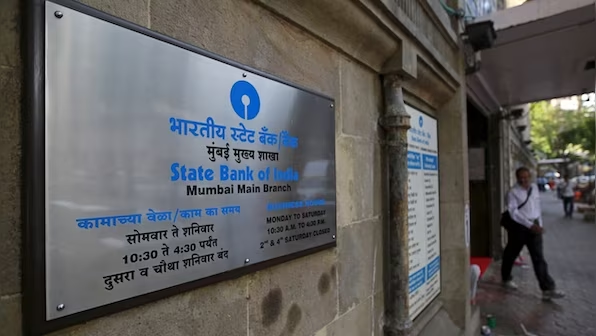The State Bank of India (SBI), India’s largest public sector bank, has raised its Marginal Cost of Funds-based Lending Rate (MCLR) by 10 basis points (bps) across all tenors, effective August 15, 2024. This marks the third consecutive month that SBI has increased its MCLR, a move that will directly impact borrowers by making consumer loans more expensive.
What is MCLR and Why Does it Matter?
MCLR is the minimum interest rate at which banks can lend, except under certain conditions allowed by the Reserve Bank of India (RBI). It is a critical benchmark because it directly influences the cost of borrowing for consumers, affecting a wide range of loans, including home, auto, and personal loans. The MCLR is calculated based on the bank’s marginal cost of funds, operating costs, and tenor premium, among other factors.
When SBI raises its MCLR, it essentially signals that the cost of borrowing has increased, which translates into higher Equated Monthly Installments (EMIs) for new and existing borrowers whose loans are linked to this rate.
Details of the Recent Hike
The latest hike has increased SBI’s overnight MCLR from 8.10% to 8.20%, while the one-year MCLR, often used as a benchmark for many consumer loans, has been raised from 8.85% to 8.95%. Similarly, the three-year MCLR has been adjusted from 9.00% to 9.10%. These seemingly small increments can significantly impact the total interest paid over the life of a loan.
The Context: Why the Hike?
Several factors contribute to SBI’s decision to hike MCLR. The bank’s cost of funds has been rising, influenced by multiple factors, including global economic conditions, inflationary pressures, and RBI’s monetary policy stance. While the RBI has kept the repo rate unchanged at 6.5% recently, the cost pressures on banks like SBI have not abated, leading them to adjust their lending rates accordingly.
This trend is not isolated to SBI. Other major public sector banks, such as Bank of Baroda and Canara Bank, have also revised their MCLR upwards in recent months. This collective movement suggests a broader trend of tightening credit conditions in the Indian banking sector.
Impact on Borrowers
For borrowers, the immediate impact of the MCLR hike is the increase in EMIs. For instance, on a home loan with a principal of ₹50 lakh and a tenure of 20 years, a 10 bps increase could raise the EMI by approximately ₹300-500, depending on the exact terms of the loan. While this may seem modest on a monthly basis, over the tenure of the loan, it could amount to a significant increase in the total interest paid.
Existing borrowers with loans linked to MCLR will see their EMIs rise in the next reset period, which could be quarterly or annually, depending on the loan agreement. New borrowers will face higher interest rates from the outset, making it more expensive to finance big-ticket purchases like homes or cars.
Strategic Implications for SBI
From SBI’s perspective, the MCLR hike serves multiple purposes. Firstly, it helps the bank maintain its Net Interest Margin (NIM), which is the difference between the interest income generated and the interest paid to depositors. In a rising interest rate environment, banks need to adjust lending rates upwards to preserve profitability.
Secondly, the hike aligns with SBI’s broader strategy to manage its asset-liability mismatch. By increasing lending rates, the bank can better match the returns on its loan portfolio with the costs associated with its liabilities, particularly deposits, which may have also seen rising interest rates in response to market conditions.
Broader Economic Implications
The series of MCLR hikes by SBI and other banks reflects broader economic trends, including persistent inflation and a cautious approach by the RBI in its monetary policy. Although the RBI has paused its rate hikes, the cost pressures on banks indicate that the era of easy credit may be drawing to a close.
For the Indian economy, higher lending rates could temper consumer demand for loans, particularly in interest-sensitive sectors like housing and automobiles. This could have a cooling effect on economic growth, especially if credit becomes less accessible or more expensive for consumers and businesses.
Looking Ahead: What Borrowers Should Do
Borrowers, particularly those with existing loans linked to MCLR, should prepare for higher EMIs in the coming months. It may be worthwhile to explore options such as loan refinancing or switching to loans with external benchmarks like the repo rate, which might offer more stability in the current environment.
Prospective borrowers should also carefully assess their capacity to service loans at higher interest rates. With the likelihood of further rate hikes, borrowers need to factor in potential increases in their monthly obligations before committing to new loans.
Conclusion
SBI’s third consecutive MCLR hike is a clear signal that the cost of borrowing is on the rise, driven by higher funding costs and broader economic conditions. For consumers, this means more expensive loans and higher monthly payments. For the bank, it is a necessary step to safeguard profitability in a challenging economic landscape. As interest rates continue to trend upwards, borrowers should remain vigilant and consider strategies to mitigate the impact on their finances.





